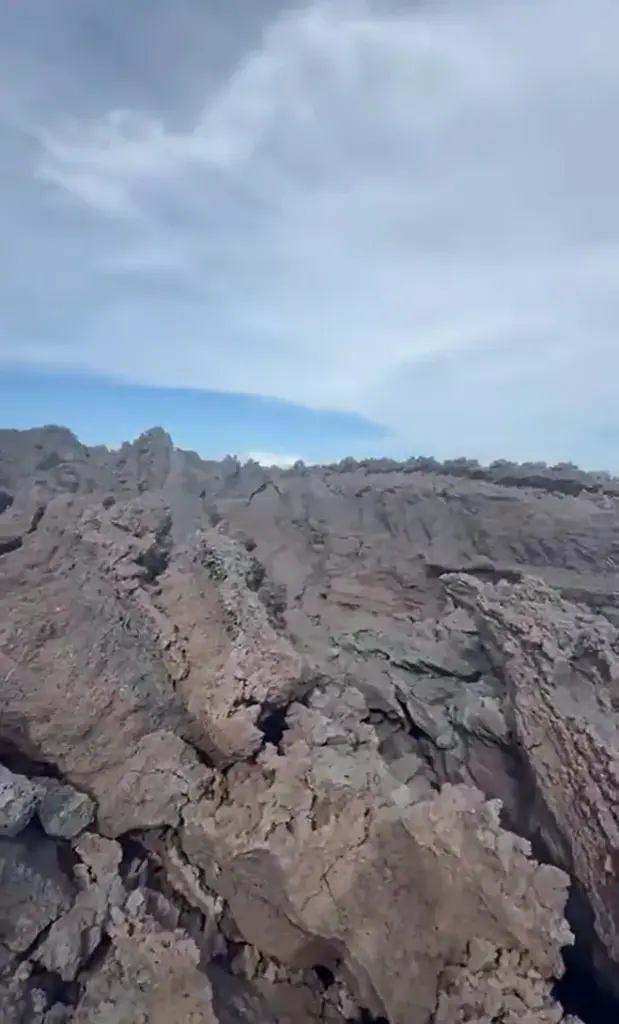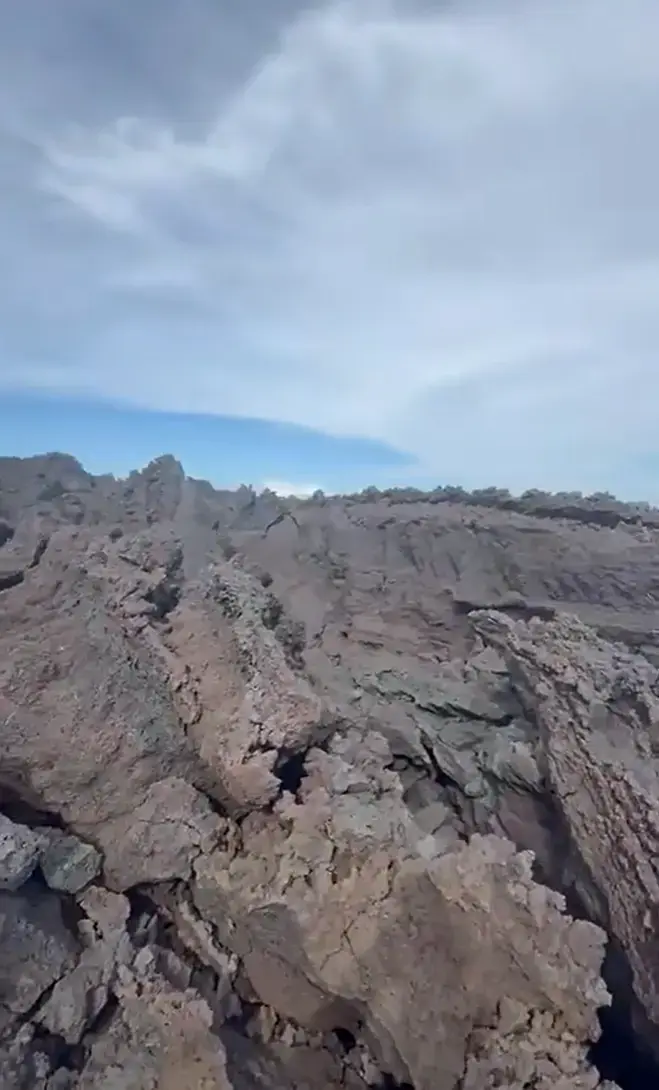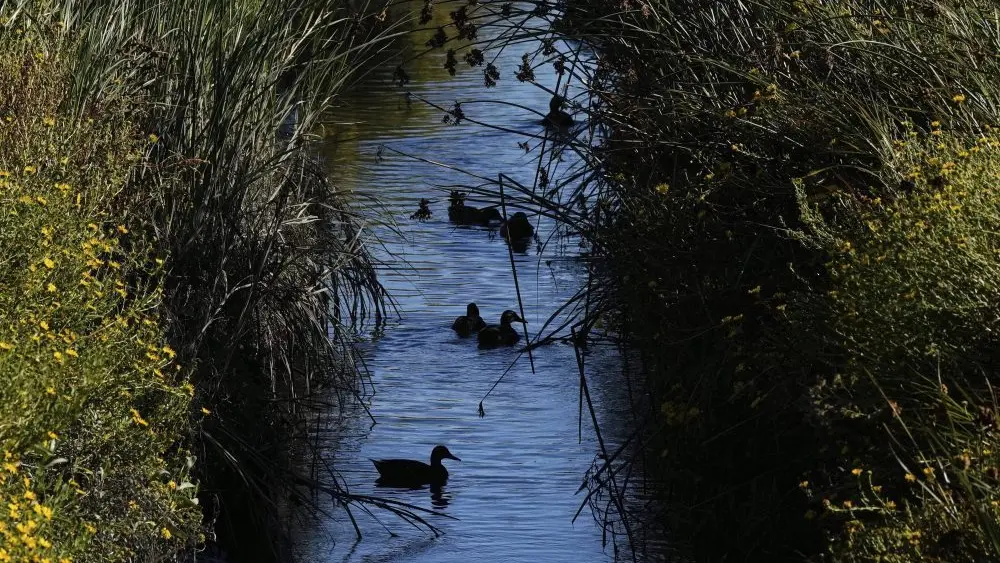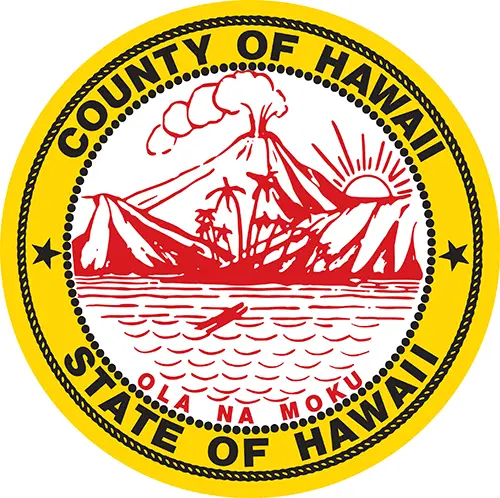Newly formed lands from the 2018 Kīlauea volcano lava flows, known as lava deltas, are creating a potential hazard for Hawaiʻi Island residents and visitors.
The recent discovery of a large crack in a lava delta at Kapoho demonstrates the enduring instability that newly created land presents and may indicate signs of imminent collapse. Due to these circumstances and risk to public safety, DLNR advises extreme caution when visiting coastal areas on Hawaiʻi Island.
The warning includes, but is not limited to, the communities of Kapoho, Pohoiki, Malama and Kalapana.
Lava deltas are landforms built as hot lava enters and is cooled by the ocean. Deltas extend the island shoreline, but the terrain can be deceptive. Thin layers of molten rock appear as solid ground, but the new landforms are dynamic and inherently unstable. Vegetation may also conceal deep fissures and cracks.
There is little documentation as to the construction and subsequent destruction of this natural phenomenon, adding to its unpredictability. The U.S. Geological Survey notes that a collapsing delta can trigger explosive activity, hurling rocks and debris hundreds of yards inland and/or seaward.
DLNR Photo






